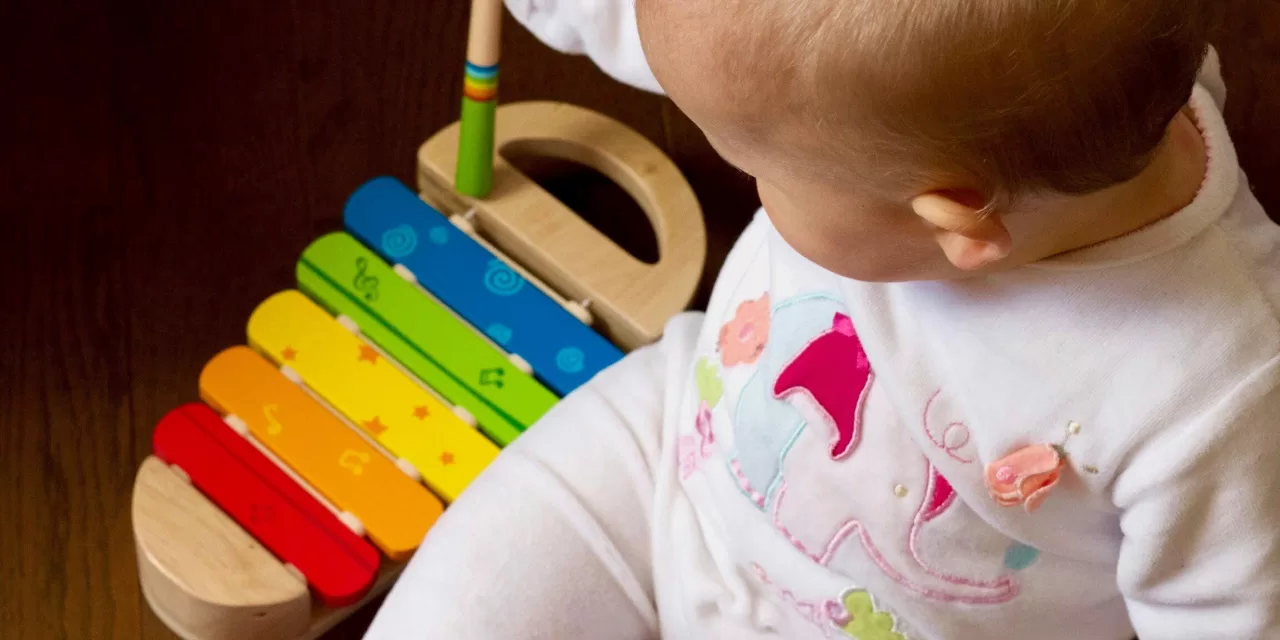A groundbreaking study from the University of Nottingham has uncovered a significant association between the cognitive functions of caregivers and their infants. The research, conducted by the School of Psychology, used advanced experimental methods and brain imaging tools to explore how caregiver cognition relates to infant visual cognition. This finding may offer new insights into early childhood development and could lead to personalized intervention strategies for caregivers.
The study, published in Infant Behavior and Development and Infant and Child Development, focused on infant visual cognition—an essential aspect of how babies learn to navigate the world, interact with objects, and develop new concepts. Researchers aimed to determine whether the cognitive functions of caregivers could influence these early cognitive abilities in their infants.
Study Design and Findings
The study involved 90 families from the East Midlands region, all with infants aged between 6 and 10 months. Participants visited the University of Nottingham’s Infant and Toddler Lab, where both caregivers and infants completed a series of experimental tasks while their brain activity was monitored using functional near-infrared spectroscopy (fNIRS). This technique, which uses caps fitted with sensors to shine near-infrared light into the brain, allowed the researchers to measure brain function in real time.
Caregivers and infants were shown colorful, changing shapes on a screen, and the researchers tracked how both groups shifted their gaze between the shapes. In addition, caregivers underwent an inhibitory control task—designed to test their ability to respond to some stimuli while inhibiting reactions to others—and completed questionnaires assessing their behavior regulation.
The findings revealed a strong link between caregiver cognition and infant visual cognition. Infants’ ability to detect changes in their environment was closely associated with their caregivers’ capacity to do the same. Moreover, caregivers’ abilities to monitor and regulate their behaviors were mirrored in their infants’ visual cognition.
Interestingly, the study also found correlations between brain functions in both caregivers and infants, particularly in the parietal cortex—a brain region crucial for attention, working memory, and spatial awareness. This discovery highlights the neural similarities between caregivers and infants and suggests that their brains may be more in sync than previously thought.
Implications and Future Directions
Dr. Sobana Wijeakumar, Assistant Professor in the School of Psychology, led the research team. She commented on the study’s importance, saying, “We know from later stages of development that there are connections between caregiver and child cognition. It’s exciting to see these associations emerge in the first year of life, both behaviorally and neurologically. These results hold promise for tailoring interventions to caregiver behaviors, helping infants’ cognitive development thrive.”
The next phase of this research will investigate how caregiver-infant interactions during playtime might further strengthen these cognitive links. This future work could have implications for developing early interventions and educational programs designed to support optimal infant development.
One participating family shared their reaction to the findings, saying, “Learning that my brain and my baby’s brain might be wired similarly is fascinating. We know they start copying our behavior as they grow, but discovering that our brains are linked at such an early stage is mind-blowing.”
References
- Aimee Theyer et al, Association between caregiver and infant visual neurocognition, Infant Behavior and Development (2024). DOI: 10.1016/j.infbeh.2024.101975
- Ghada Amaireh et al, Caregiver executive functions are associated with infant visual working memory, Infant and Child Development (2024). DOI: 10.1002/icd.2543
This study’s insights open new possibilities for understanding how caregiver behavior and brain function contribute to the earliest stages of cognitive development in infants.












